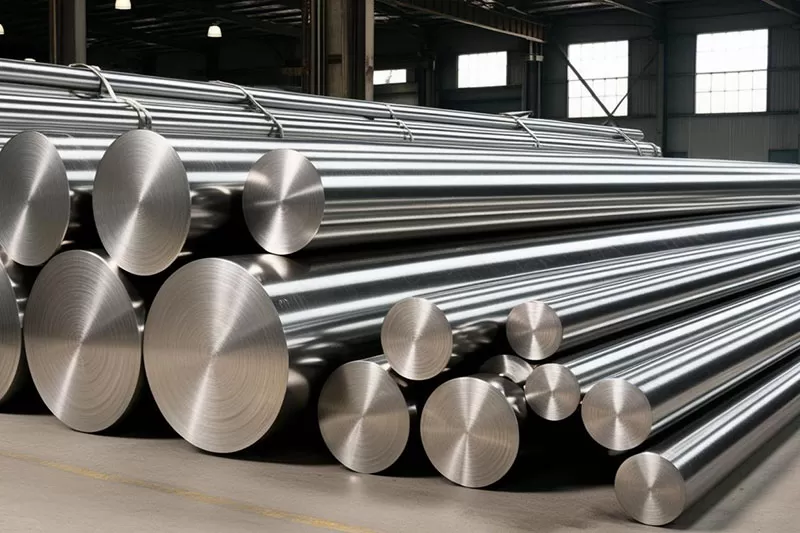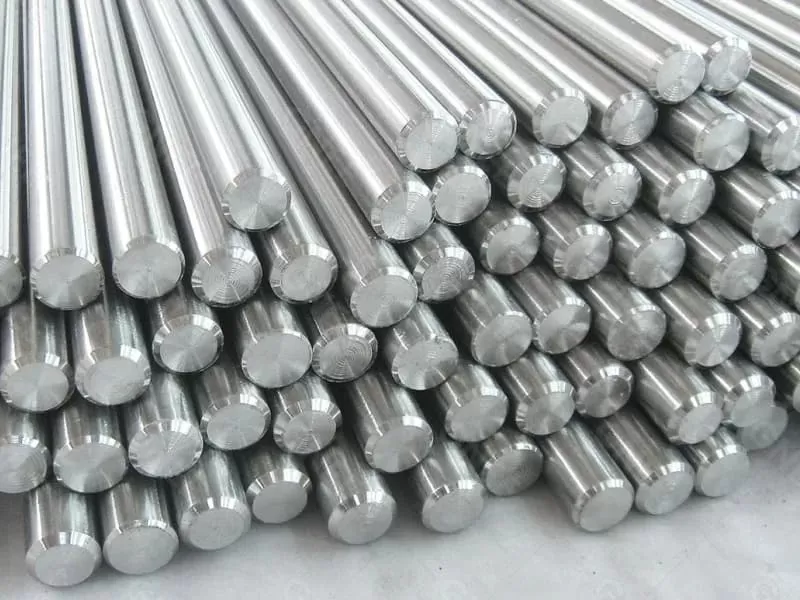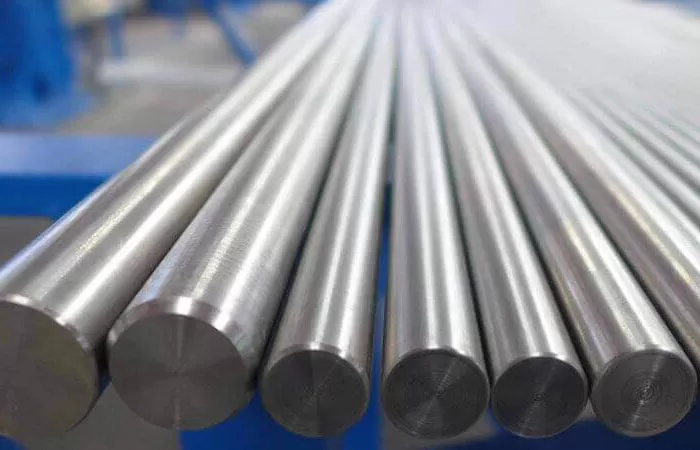
Nickel-based high-temperature alloys are essential in industries such as aerospace, power generation, and automotive, where components are subjected to extreme conditions, including significant temperature fluctuations. These alloys are designed to maintain their mechanical properties and performance at elevated temperatures, but they are also subject to challenges arising from thermal cycling. This article explores how temperature cycling affects the durability of nickel-based alloys and the strategies to enhance their resistance to thermal fatigue.
Thermal cycling refers to the repeated heating and cooling of a material, which is a common occurrence in many industrial applications, such as in turbine engines, where components experience rapid changes in temperature. These temperature fluctuations cause the material to expand and contract, leading to thermal stresses within the material.
The response of a nickel-based alloy to thermal cycling depends on several factors, including its composition, microstructure, and the temperature range it experiences. Over time, repeated thermal cycling can cause the development of cracks, microstructural degradation, and a decrease in the material’s overall strength, all of which can lead to premature failure.
The microstructure of nickel-based alloys plays a critical role in determining their resistance to thermal fatigue. The presence of fine, evenly distributed γ’ precipitates (nickel-aluminum compounds) is essential for maintaining the strength and stability of the material under thermal cycling. These precipitates help inhibit dislocation movement and provide the necessary strength at high temperatures.
However, thermal cycling can cause the γ’ phase to coarsen or dissolve, reducing its ability to strengthen the alloy. Additionally, the cyclic expansion and contraction of the material during thermal cycling can create regions of high stress at grain boundaries, which can act as sites for crack initiation.
One of the ways to improve thermal fatigue resistance is to modify the alloy’s composition to optimize the distribution of the γ’ phase. The addition of elements such as rhenium, which helps stabilize the γ’ phase, can improve the material’s resistance to thermal fatigue by preventing the premature coarsening of these precipitates.
To enhance the durability of nickel-based alloys under temperature cycling, several strategies are employed:
Optimized Alloy Composition: By carefully adjusting the alloy’s composition, particularly the levels of elements like chromium, aluminum, and rhenium, it is possible to improve the high-temperature strength and thermal fatigue resistance of the material. The right balance of these elements ensures that the γ’ phase remains stable, and the material resists crack formation.
Grain Boundary Engineering: The microstructure can be tailored to reduce the formation of cracks along grain boundaries. By refining the grain structure and increasing grain boundary cohesion, the material is less likely to experience crack initiation under thermal cycling.
Coatings and Surface Treatments: Protective coatings can be applied to the surface of nickel-based alloys to reduce the impact of thermal cycling. For example, thermal barrier coatings (TBCs) are commonly used in gas turbines to insulate the underlying alloy from extreme temperature fluctuations. These coatings can significantly improve the alloy's resistance to thermal fatigue.
Advanced Manufacturing Techniques: Additive manufacturing and advanced casting techniques can be used to create components with optimized geometries and more uniform microstructures. These manufacturing methods can minimize internal stresses that might otherwise contribute to thermal fatigue.
As the demand for higher efficiency and performance in high-temperature applications continues to rise, the development of nickel-based alloys capable of withstanding extreme temperature cycling is crucial. Future research will likely focus on the development of new alloy compositions, the use of innovative coatings, and advanced manufacturing techniques to further enhance the thermal fatigue resistance of these materials.
By focusing on improving the alloy’s resistance to thermal cycling, manufacturers can increase the lifespan of critical components in high-temperature environments, leading to reduced maintenance costs and increased operational efficiency.

2025-12-11 16:42:29

2025-11-19 14:09:22

2025-11-07 17:27:49

25th floor, C3 Building, Wanda Plaza, Kaifu District, Changsha, Hunan Province, China